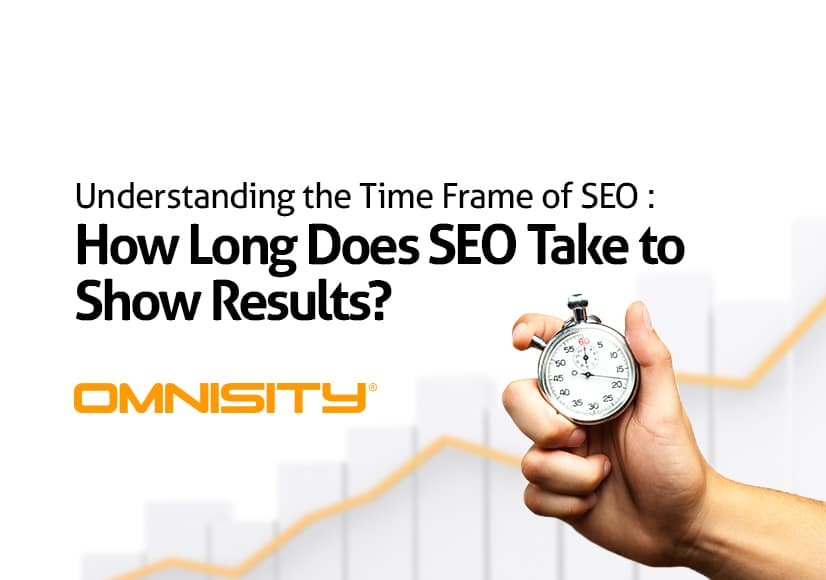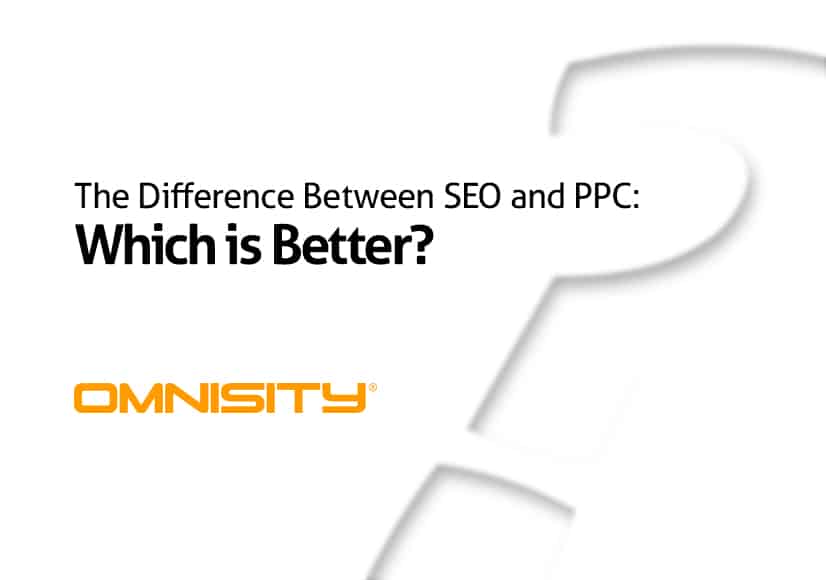Web Design and SEO: Combining Both Disciplines for Better Rankings
Both are imperative to creating a successful online presence. In this article, we’ll explore how both practices should work in tandem:
- Incorporating SEO principles in your website’s design can improve its ranking on search engines and drive more organic traffic to your site.
- Effective page design ensures that visitors to your site can easily navigate around, find the key information they’re looking for, and convert into paying customers when they are ready.
Below, we explain why SEO web design is so important, before giving you some of the tools to create an effective site for yourself. From creating a user-friendly structure to optimising website speed and performance, we'll guide you through the essential elements of effective web design for SEO success.
Key Talking Points:
If you’re not already aware, SEO (or Search Engine Optimisation) is the practice of optimising your website to rank higher on search engine results, making it more visible to potential visitors.
An SEO-friendly website helps you to achieve this aim. Web design is more than just visuals; as we will show later, it has the power to greatly impact your site’s performance and visibility. But why is this so important and what can you do to achieve this?
Incorporating SEO principles into your web design has the potential to boost your site’s performance, increasing your conversions and ROI. Here’s why:
Attracting High-Intent Traffic
When you experience ‘high-intent traffic’, your site is being visited by people who are looking for the information, products, or services that you cover.
What each visitor is looking for may vary depending on their needs and what stage of the buying process they are at. They might be looking for an informational article to help them diagnose a problem, or they could be ready to buy your product or service.
Web design plays an important role in attracting this high-intent traffic. If it’s not clear to the user where to find what they are looking for on your page, then they’re going to leave without converting. In the long run, repeated bounces from your website could hinder your visibility in search engines because it’s a sign that you’re not trustworthy.
Your visibility is also affected by page elements which could impact your site’s load speed. Images which have not been optimised, for example, could cause users to bounce if your page takes longer to load than the user is willing to wait.
For these reasons, along with others, it should be clear how web design impacts your ability to attract high-intent traffic. It has the power to improve your rankings and draw in users who are actively searching for a product or service in your industry.
Improving User Experience
As mentioned, user experience (UX) has the power to improve your search rankings. But what does a good UX look like? Search rankings can be influenced by several factors, which include:
- Page speed: To improve this, consider optimising your images, enabling compression, and minimising the redirects within your site’s internal linking.
- Navigation: You should make your navigation easy and intuitive to use to ensure that visitors can find what they are looking for. Do so by logically organising your pages and menus.
- Responsive design: Over 50% of today’s web traffic comes from mobile. For that reason, your site must adapt to different screen sizes to meet the needs of your visitors.
- Improve readability: If visitors can’t read or understand the content on your page, they’re going to leave without converting. Make your information easy to digest - stick to a Flesch Reading Kincaid score which will resonate with your audience, and keep a clear layout, all while using appropriate spacing and font sizing.
According to recent eye-tracking studies, approximately 69% of your visitors are skim readers. So keep information easy to find, read and understand.
We’ve talked about the value of creating a structure which is SEO-driven and easy to navigate. But how do you achieve that?
Optimising On-Page Elements
While your site must be designed for users, you should also ensure search engines can easily crawl and index your web pages.
How you layout, structure, and signpost your on-page elements will impact what search-engine bots perceive your site to be about and how good you are at addressing a user's specific query.
To make sure your site is being crawled correctly, you must include optimised keywords in your title tags and meta descriptions. You should also include a clear and logical header structure which is easy for your audience to scan. Such headers help search bots understand what the page is about and which elements are the most important.
Quality Content Creation
Optimising these elements is just one piece of the puzzle. Your site's performance will depend on whether it fulfils what the user was looking for - and that comes down to the quality of your content.
While keyword density plays a role in whether your site will rank, search engines like Google are now assessing the quality of a page based on an EEAT model. By that, they mean that you should focus on creating content that demonstrates Experience, and instils Expertise; Authority; and Trustworthiness.
You should focus on designing content that fulfils your user's needs, rather than creating content because you think it will rank. Over time, this will keep your audience engaged and boost its credibility in the eyes of Google. Don’t assume this content has to be the written word. Depending on what users are searching for, they may expect a video, visual graphic, or something else when they land on your page.
It’s through consistently creating content which engages an audience, rather than adopting ‘hacks’ or stuffing keywords onto your page, that you start to gain trust and authority from search engines.
The colours and contrasts you use can influence how engaging your site is; this can have a knock-on effect on your perceived authority and your rankings.
You should use colour strategically. A few things to consider include:
- Colour psychology: Different colours evoke various emotions and can influence how users perceive your website. Understanding the psychological effects of colours can help you create the desired atmosphere and connect with your target audience.
- Contrast: High contrast elements attract attention, making it easier for users to find the information they are looking for. Contrast can also improve the readability and accessibility for all users.
- Balance: Too much of one colour can make a website appear dull and unappealing.
- Branding and identity: Colours can help establish your brand's identity and create a memorable impression. Consistency in colour choices throughout your website can reinforce your brand and make it recognisable.
- Improving usability: Your choice of colour should make it easier for users to identify the purpose of different elements on your page. Links and buttons to important or related pages should stand out and be clear.
As mentioned previously, with such a large percentage of your audience visiting you on a mobile, you must have a site which adapts to their needs.
Here at Omnisity, when designing a website, we do so by:
- Using a responsive design framework;
- Optimising page load times and removing any page elements which would not be suitable for mobile devices;
- Ensuring content is easy to digest and navigate on smaller screens.
Every page on your site should be responsively tested. Not just for mobile, but also for the other screen sizes which your visitors may be using (like laptop or tablet).
Beyond visual design, there are various technical elements which could impact your SEO efforts.
You want your site to run smoothly and securely while ensuring it is easy to crawl and index by search engines. From creating an XML sitemap and setting up a robots.txt file, to optimising your elements for better speed and utilising a secure HTTPS connection - there are a multitude of aspects which have an impact on the SEO credentials of a website.
If you need support optimising your site, we recommend getting in touch with our team of SEO and web development experts.
Good web design doesn’t just mean creating something visually pleasing. It also means creating a website which works for you, gets your brand seen on search engines, and delivers a ROI.
If you’re looking for a new website, we recommend getting in touch with our expert team of Web Designers. Here at Omnisity, we have a proven track record of delivering effective SEO-focussed websites.

